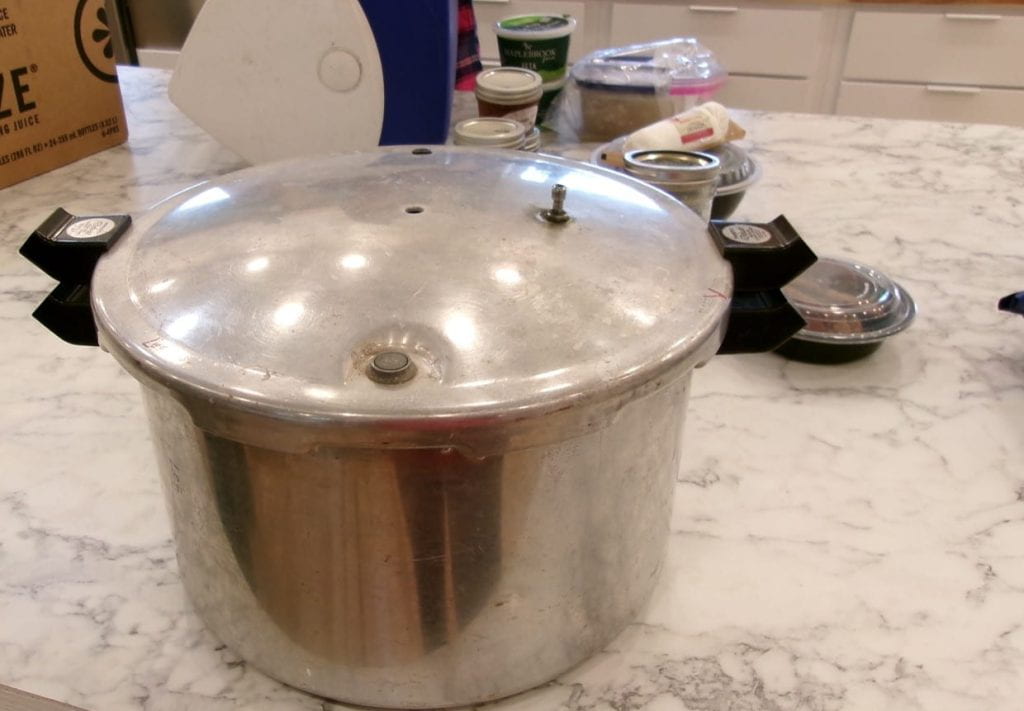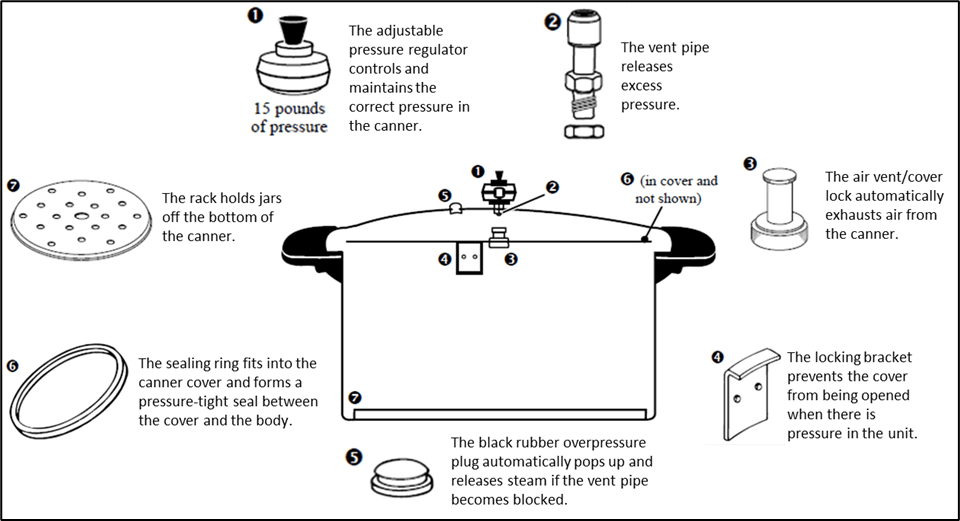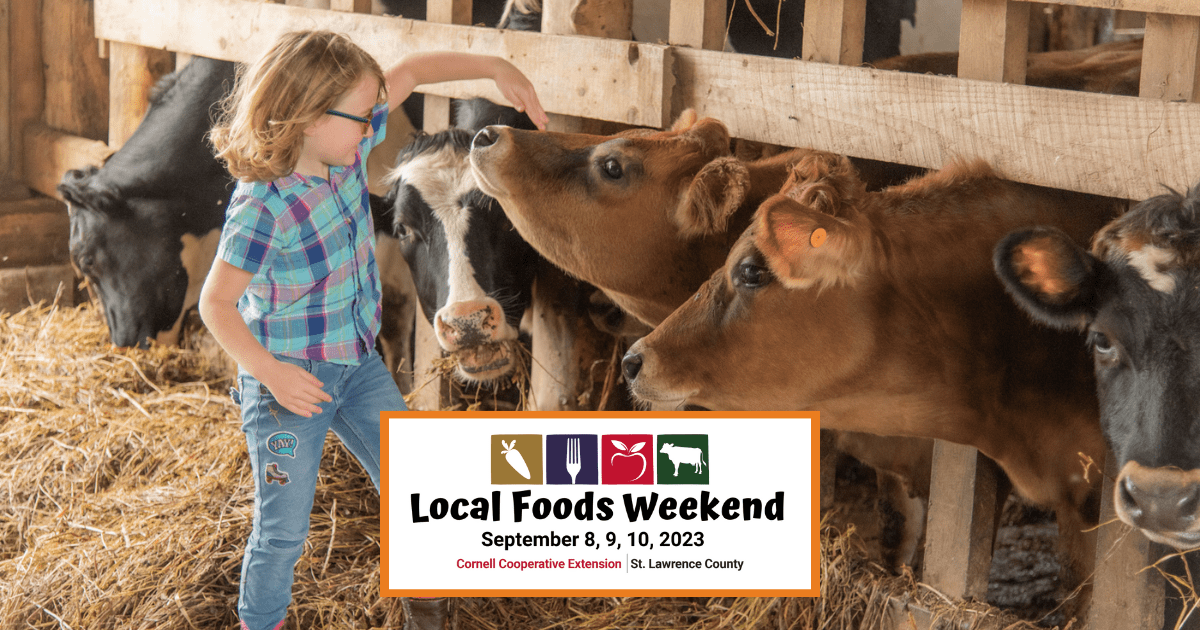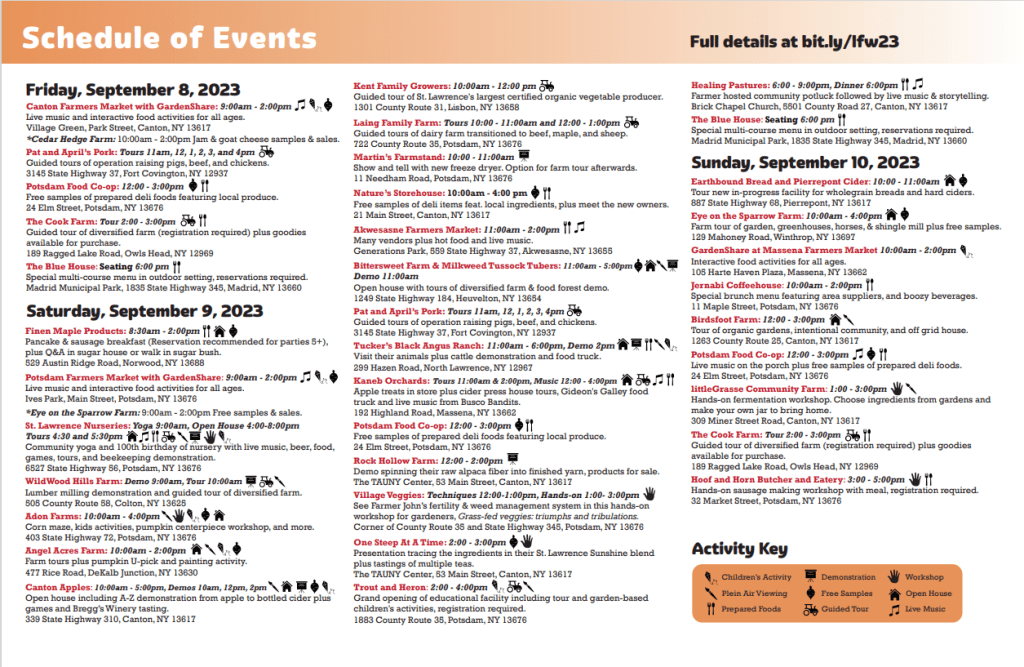Pat Banker grew up in the Adirondacks with the knowledge that there’s food all around us in nature. In her family, using plants for food and medicine was a common practice, and she has made it her life’s work to bring people of all ages into that world through teaching, but more importantly, through preparing and eating wild foods with others. “You can tell people that roasted dandelions smell like brownies until you’re blue in the face, but until you’ve smelled it for yourself, you don’t really believe it.”
CCE of St. Lawrence County has now hosted two of Pat’s “tasting tours,” one in fall that was focused on roots, and the recent spring one, in which the group tasted and gathered mostly greens. Pat started the class by showing the group her impressive collection of wild plant books, and starting some roasted dandelion tea to steep (and yes, it did smell like brownies!)

Pat then led the group outside and within feet of the door, found around ten edible plants. They included pineapple weed, wild carrot, common plantain, primrose, dandelion, thistle, and shepherd’s purse. Ranging farther afield, Pat introduced the group to yellow dock, stinging nettles, red clover, boadleaf plantain, milkweed, mullein, burdock and wild leeks (“ramps”).





